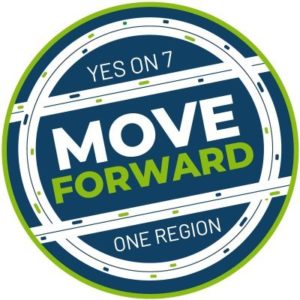Regina Pugh was in the Cincinnati Works office recently and noticed a familiar job posting on the bulletin board: a seasonal position at a data-management company where she worked years ago.
“I would go back there today if I could,” she said.
The problem is getting to and from the company’s office in Sharonville. Pugh relies on public transportation, and the nearest Metro bus stop offers limited service. She would have to leave work early every day in order to catch the last bus toward her home in Reading, or she would have to walk or pay for a ride a few miles to catch a different bus.
 “It would cost me $65 or $70 a week,” Pugh said. “I would be working just to cover the transportation from work.”
“It would cost me $65 or $70 a week,” Pugh said. “I would be working just to cover the transportation from work.”
It is a familiar struggle for our Members, 51 percent of whom rely on public transportation.
Many of the factories and warehouses that employ large frontline workforces are located in outer-belt suburbs that are easily accessible from the highway but not the bus system, which is a problem for people who cannot afford a car. A study by the University of Minnesota Accessibility Observatory found that only 5 percent of jobs in Greater Cincinnati are accessible by bus within an hour or less.
It is why we committed to maintaining the shuttle service begun by the Beacon of Hope Business Alliance, and it is why we support Issue 7 in Hamilton County, a ballot initiative that would provide funding for Metro to expand.
Issue 7, which will be on the March 17 primary ballot, would create a 0.8 percent increase in the Hamilton County sales tax for the next 25 years. It will generate revenue to pay for road and bridge repairs, and it will provide Metro with funding to add routes, add buses to existing routes, and extend hours that certain routes run.
In short, Issue 7 will make it easier for our Members to reach employers, which makes it more likely they will get jobs, keep jobs, and advance within those jobs.

